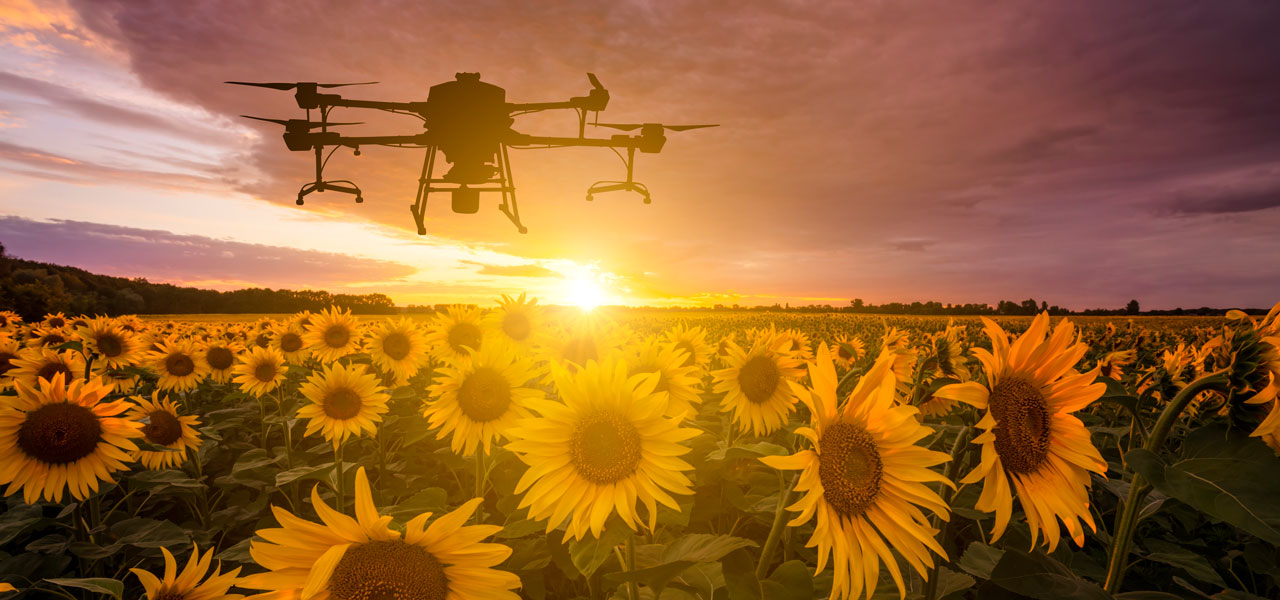A decade ago few could’ve predicted just how much our lives would be enhanced by little bugs in the sky. Drones now play an important role in many types of businesses, and the development of drone technology has resulted in a multi-billion dollar global industry. In South Africa, drones are used extensively in farming, in wildlife management to save dwindling animal populations, in maintaining power lines, monitoring traffic and providing security surveillance of assets in remote parts of the country.
Did you know: A review by the regulator of the South African Aircraft Register over a 12-month period shows a dramatic increase in the number of registered drones, from 216 in January 2016, to 465 in January 2017.
Drones are high risk and high cost
Also called ‘unmanned aerial vehicles’ (UAV’s), drones are finding increasing applications across all sectors of the global economy. These flying wonders cost anywhere in the region of a few thousand rands to the much more sophisticated commercial drones that come in at a much higher price. Therefore, operators and enthusiasts need to ensure that the correct insurance cover is in place in the event of loss. It’s not impossible for a drone to go missing – Santam has fielded a number of claims in recent months that have resulted in the loss or damage to equipment due to a malfunctioning link between the pilot and the drone itself.
The guidelines private and commercial drone operators need to know
As drone technology became more available to the general public, the South African Civil Aviation Authority (SACAA) recognised the need to govern the industry. It introduced the Remotely Piloted Aircraft Systems Regulations, which came into effect on 1 July 2015. These regulations provide clear guidelines for the operation and use of drones for two types of drone operations:
- Private operation: A drone may only be used for the individual’s personal and private purposes, with no commercial interest or gain. Private drone operators are required to adhere to all the statutory requirements relating to liability and privacy and any other law enforceable by a relevant authority, and they need to act responsibly in the operation of such equipment.
- Commercial operation: Defined as any other use, and has to be a registered operation operating in terms of Part 101 of the Civil Aviation Regulations.
To secure the appropriate short-term insurance cover, private and commercial drone operators must adhere to the laws applicable to the use and operation of these unmanned aircraft.
Important: Remind recreational drone operators that insurance under Santam’s general personal lines offering provides very limited and restricted in-flight cover. It would provide cover for loss of drone aircraft and claims stemming from Public liability, but Umbrella liability and Personal Legal liability insurance are excluded.
Comprehensive aviation cover from Santam
In response to the growing popularity of these remotely piloted aircraft systems (RPAS), Santam Aviation has developed an insurance product that provides the full spectrum of cover for drone owners and operators within the private and commercial space. Santam is one of the few insurers that are willing to provide cover in this niche area. The Santam Aviation policy offers full and comprehensive cover for the drone, whether operated or not. This includes comprehensive third-party cover – the limit of which clients can decide for themselves.
Commercial or business policyholders should note that Santam will not indemnify the insured against liability in respect of the ownership, hire purchase or leasing of any aircraft as this is regulated by the Civil Aviation Act. Therefore ensure that drones used in commercial applications are covered under a separate aviation policy, which provides greater security against liability claims as a result of drone activities.
If you have any further questions about drones or aviation insurance, get in touch with your relationship manager or sylvanus.retief@santam.co.za. Visit the Intermediaries section of our blog for more advice on understanding policies, for example how business owners can deal with the unexpected with the help of legal liability insurance.
